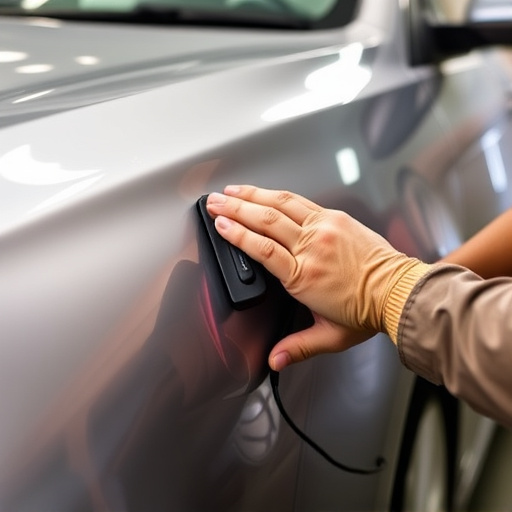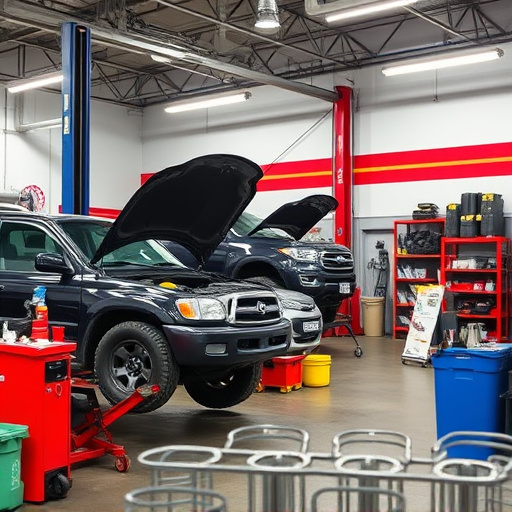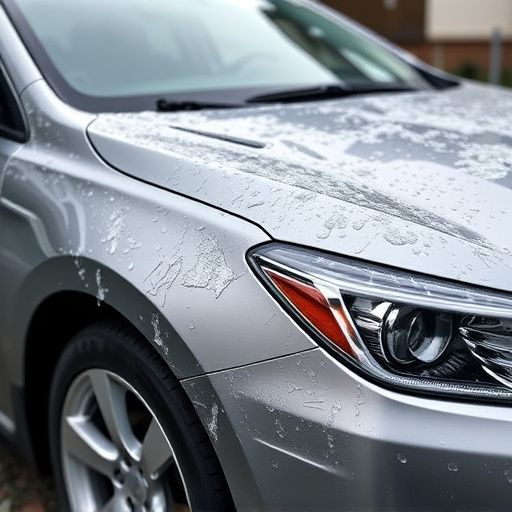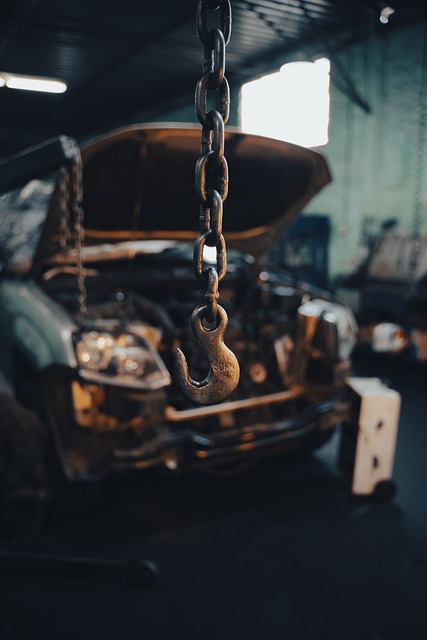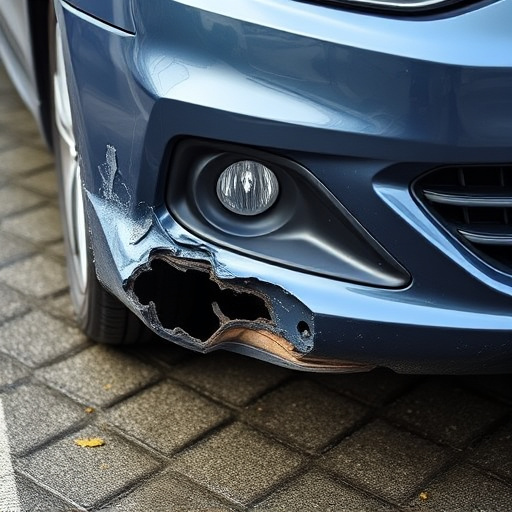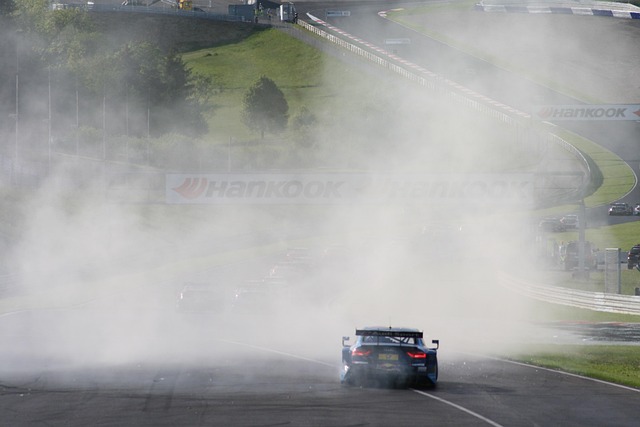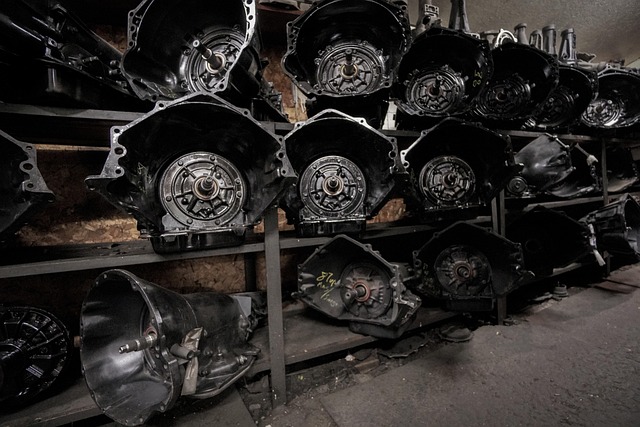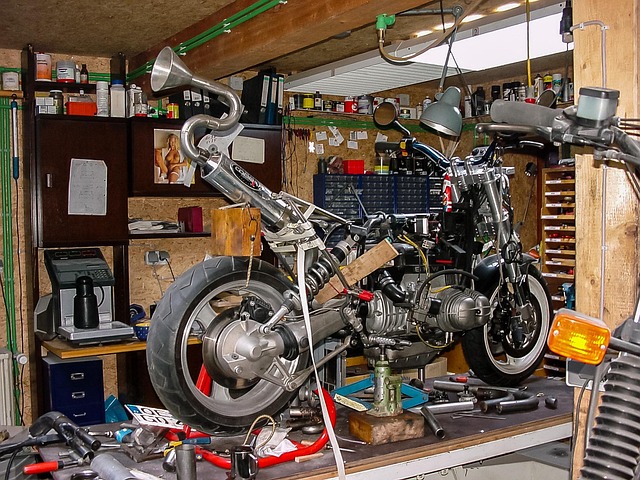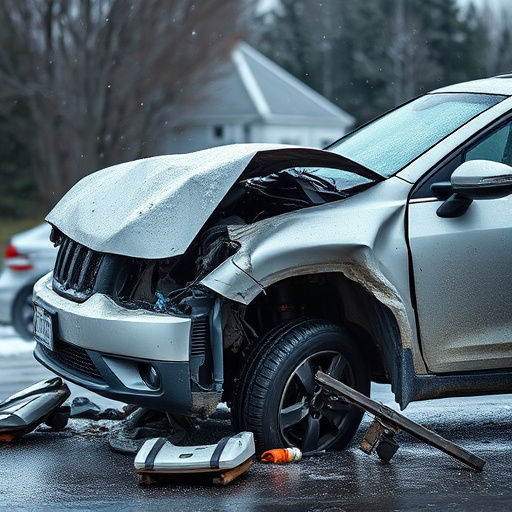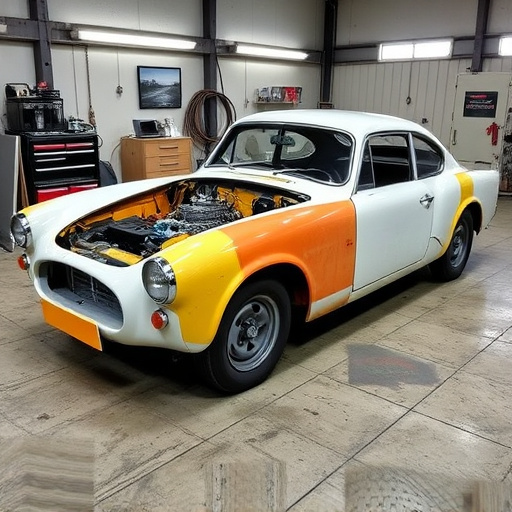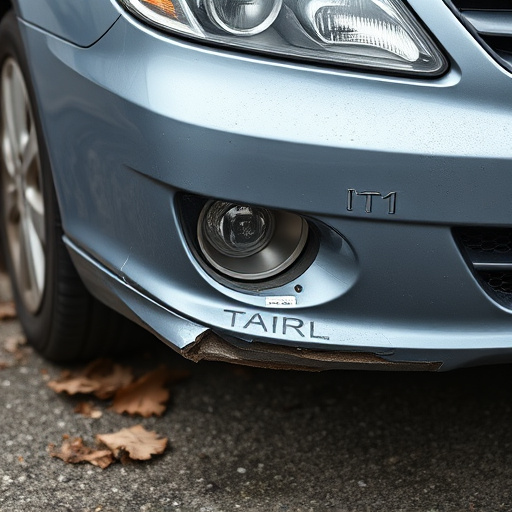Regular inspections are crucial to identify early signs of misalignment, wear, and damage in key components. Red flags include uneven tire wear, wheel misalignment, body panel gaps, excessive steering play, and handling changes. Environmental exposure and routine wear can degrade equipment, leading to safety hazards and performance issues. Prompt attention from specialists ensures reliable and safe vehicles. Regular frame integrity assessments prevent minor damages from becoming significant structural problems. Frame straightening by qualified technicians using a frame machine repair is critical for enhancing safety and overall vehicle performance after collisions.
Are you noticing unusual vibrations or performance issues with your equipment? It might be time for a frame machine repair. This guide explores three critical signs that indicate your equipment’s framework requires attention. By identifying misalignment, wear in key components, and damage from routine use and environmental factors, you can ensure optimal safety and performance. Regular evaluation of frame integrity is essential, as it directly impacts both efficiency and longevity. Learn how to spot these issues and take proactive measures for effective frame machine repair.
- Identify Misalignment and Wear in Key Components
- Assess Damage from Routine Use and Environmental Factors
- Evaluate Frame Integrity for Safety and Performance Considerations
Identify Misalignment and Wear in Key Components
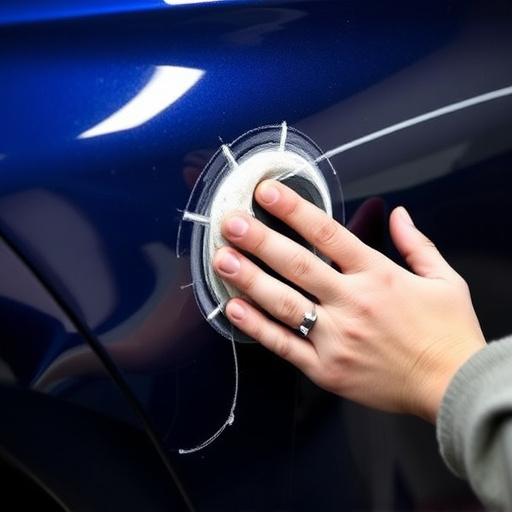
One of the first signs that your equipment may need a frame machine repair is misalignment and wear in its key components. Frame machines are designed to ensure precise alignment and structural integrity, so any deviation from their optimal settings can indicate a problem. Regularly inspect your equipment for signs of uneven wear on parts like tie rods, control arms, and suspension components. Misaligned wheels or unusual gaps between body panels are also red flags that may point towards the necessity of professional frame machine repair services, specifically automotive collision repair solutions.
Additionally, look out for excessive play in steering components, sudden changes in handling dynamics, or a general sense of instability when driving. These could be symptoms of wear and tear that require attention from skilled technicians offering collision repair services. Early detection of such issues can prevent more severe damage, ensuring the longevity of your equipment and minimising the need for extensive automotive repair work down the line.
Assess Damage from Routine Use and Environmental Factors
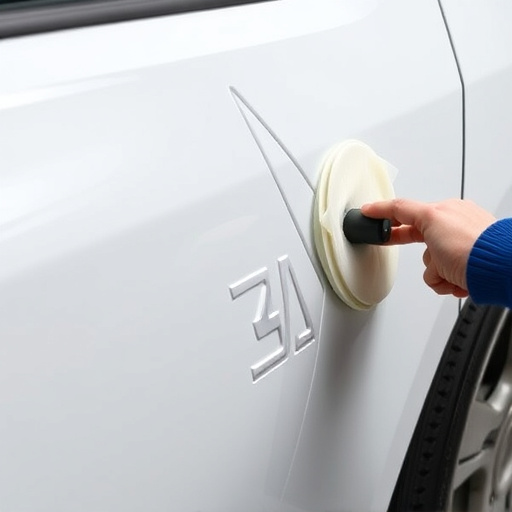
Regular use and exposure to various environmental elements can take a toll on your equipment over time. Signs that your frame machine or any other vehicle component might need professional attention often emerge from routine wear and tear, as well as external factors like weather conditions, road debris, and accidents. Inspect your machinery for visible damage, such as dents, scratches, or cracks in the frames, panels, and body parts. These can be indications of structural integrity issues that may require frame machine repair to ensure safety and optimal performance.
Consider also subtle signs like misalignment, strange noises during operation, or changes in handling dynamics. These could point towards underlying problems, especially if coupled with increased vibration, difficulty in steering, or irregular tire wear. Such symptoms might suggest the need for more than just routine maintenance; they may call for a thorough assessment by fleet repair services or collision damage repair specialists who can pinpoint and address specific issues, ensuring your equipment remains safe and reliable for extended periods.
Evaluate Frame Integrity for Safety and Performance Considerations
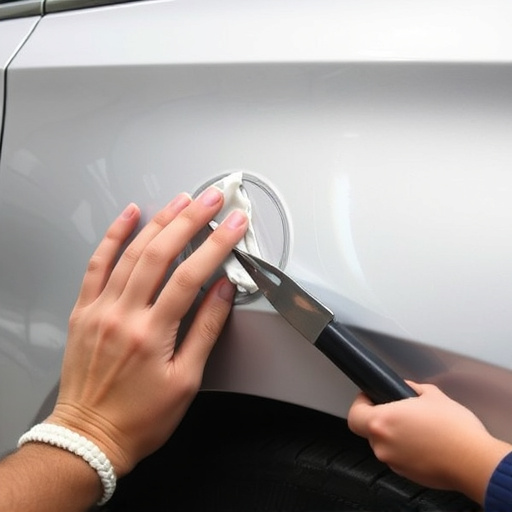
Regularly evaluating your vehicle’s frame integrity is paramount for both safety and performance considerations. Over time, even minor damages can escalate into significant structural issues if left unaddressed. A comprehensive inspection should include checking for any signs of corrosion, misalignments, or deformities in the chassis. These defects could indicate previous accidents or improper handling, leading to compromised stability and handling characteristics.
For those relying on collision repair services, ensuring that frame straightening procedures are performed by qualified technicians is crucial. Proper alignment ensures that all components of your vehicle, from suspension systems to safety features, function optimally. This meticulous process corrects any misalignments caused by car collision repair, restoring the original integrity and structural soundness of the frame, thereby enhancing both safety and overall performance.
If your equipment exhibits signs of misalignment, excessive wear, or damage, it’s crucial to address these issues promptly. Regularly assessing your machinery’s condition, from key components to overall frame integrity, is essential for both safety and optimal performance. Don’t let minor problems escalate; schedule a professional evaluation and consider timely frame machine repair to keep your equipment running smoothly and efficiently.
